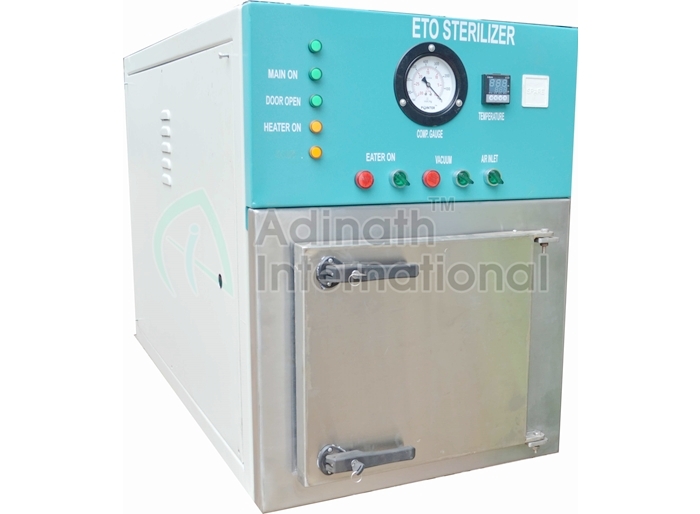An essential instrument for preventing bacterial, viral, and fungal infections in hospitals is the hospital ETO sterilizer. It removes microscopic germs and eradicates all known bacteria, fungus, and viruses. Additionally, it oversees and maintains the ventilation system.
What is Required Hospital ETO Sterilizer?
The low morale of hospital employees is one of the most frequent grievances. Thankfully, there are goods and services available to assist. In addition, content employees make for content patients, and content patients make for content customers. Keeping your staff members happy and healthy is the key. You need the appropriate technology and tools, such as a hospital ETO sterilizer, to get there. The following pointers and techniques will help you and your patients get the best results possible.

Can viruses, bacteria, and fungi be killed by hospital ETO sterilizer?
Ethylene oxide sterilizer (ETO) is an effective method for eradicating bacteria. ETO is a secure and reliable method for managing delicate medical supplies. In the struggle against pathogenic disease, it is frequently the medical professionals’ best ally. Additionally, some of the stronger plastic films can be penetrated by the ethylene oxide molecule. For a doctor who has a lot on her plate, this is a wonderful thing.
The patient’s health stands out among the various considerations to be taken into account. The top aim for a healthcare professional is a quick recovery, which is made possible with an ETO sterilizer. ETO will guarantee their security. ETO also works well for sterilizing delicate medical devices like catheters, nasopharyngeal tubes, and endoscopes. Additionally, it is a practical approach to save both time and money.

In an ethylene oxide sterilizer, is a ventilation system necessary?
There are two main strategies to limit exposure if your hospital sterilizer uses ethylene oxide (ETO) as the sterilizing agent: engineering controls and excellent work practices.
Ventilation controls are part of engineering. The most popular technique for reducing EtO emissions is ventilation. The ventilation system should be frequently inspected and tested, and it should be built to regulate EtO under the worst possible circumstances.
The EtO sterilizer’s hood should be adequately ventilated, and all sterilization procedures should be carried out inside the hood as part of good work standards. By doing this, EtO exposure in the mechanical access room will be avoided.
The sterilizer’s auxiliary fan should be active during the purge phase. The sterilizer’s exhaust should be directed to a special exhaust ventilation system. The sterilizer door should have a vent hood fitted above it. It needs to be spread out at least two inches. Additionally, the entry to the mechanical access room ought to have a warning light.
Upkeep and supervision of the ETO sterilizer
When an ETO sterilizer is being utilized in a hospital, it is crucial to properly monitor and care for the machinery. This guarantees the machine will operate safely and that engineering and work procedures will be effective.
Sterilizers used in hospitals and other commercial settings are subject to EPA regulation. They evaluate the EtO emission from these devices and do facility inspections.
The National Institute for Occupational Safety and Health has also released an EtO exposure alert in addition to these regulatory authorities. It offers suggestions for work procedures, engineering safeguards, and personal safety gear.
Although there is a wide range of equipment and working methods available to reduce exposure, ventilation is the main way to reduce EtO emissions. Workers are safeguarded at the discharge point and the surrounding environment is kept clean thanks to a separate exhaust system.
Check for gas leaks and make sure the exhaust piping is tightly sealed. A particular aeration treatment needs to be installed if the pipe cannot be tightly sealed.
As a result,
Ethylene oxide sterilizer, or ETO sterilisers, are widely used in the medical industry and the surgical business to sterilize goods or materials susceptible to heat or humidity. Our extremely sophisticated sterilisers have special heating jackets that use electricity to transmit heat and steam uniformly across the heating chamber, successfully destroying bacteria. It also sterilises the furniture and accessories in the hospital.


